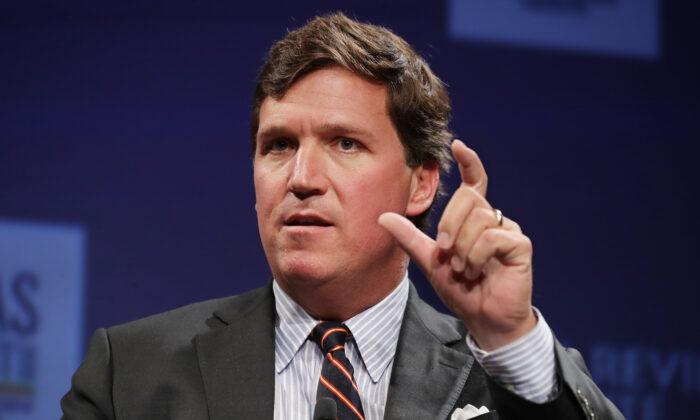The present COVID-19 pandemic has left public schools scrambling to find ways to dampen the impact on students. Some public schools have switched to virtual instruction, while others have simply sent students home with passing grades.
For many public schools, the transition to virtual instruction—if ever initiated—took weeks. Others have been lukewarm in their implementation of virtual instruction. In April, the New York City Department of Education made a sudden default on its initiative to have instructors use Zoom remotely, leaving many teachers with no efficient alternative.
Fairfax County public schools continuously failed at delivering stable virtual instruction. The list could go on and on. What do all these cases have in common?
They demonstrate a lack of accountability from public school policymakers—both county and state superintendents, and city and state-level executives.
Compare the previous examples to how charter and private schools, such as Thales Academy, are handling the transition. Thales’s campus in Franklin, Tennessee, is offering free virtual instruction for local K-5 students. No prior or future commitments are required for families to receive remote instruction.
According to Thales administrator Rachael Bradley, all other Thales campuses transitioned such that “students did not miss a day of learning.” Additionally, Bradley notes that students and teachers were already used to the technology used in virtual instruction.
Thales is not the only example of school choice and private sector solutions remedying public school policy failures. In San Diego County, charter schools, equipped with virtual instruction far in advance, transitioned to virtual learning in days, as opposed to weeks. In Tallahassee, Florida, one private school started virtual instruction right at the end of spring break.
There is a sharp contrast between how private and charter schools have handled the pandemic compared to public schools. Overall, the former has been far more effective. The burden put on parents by schools simply handing out worksheet packets is great, as parents must take time out of their work schedules to play the role of teachers. Insufficient instruction is particularly detrimental to primary students, who are in the foundational stage of their academic careers.
The crisis underscores lack of accountability from policymakers in non-pandemic times as well. Why would it be unreasonable to foresee the prospect of needing to switch to virtual learning for other reasons, e.g., natural disasters?
With a similar degree of unaccountability, public schools have gotten so used to churning out graduates, regardless of merit, that the decision to “pass” everyone, as aforementioned, becomes easy.
Imagine if private or charter schools waited for weeks to transition to virtual instruction. Imagine if they sent students off with “passing” grades. They would be severely reprimanded by parents. Why are we not holding public schools to this same standard?
Policymakers can exempt themselves from responsibility hiding behind hubris such as, “what we do is not easy,” or “we’re under a lot of pressure.” But this certainly wouldn’t fly for private school administrators. If crises are the ultimate test of effective leadership, then this pandemic has much to tell us.
Truthfully, teachers and students like engagement. They don’t like being given vague promises like “online instruction will be available in the coming days.” Public schools have become so factory-esque, that they lack the capacity to come up with creative solutions in times like these. But the root of this goes back far before the pandemic.
Public schools have made the metric, i.e., graduation rates, the target. It is a classic case of Goodhart’s Law. Hence the reason it’s easier to “pass” students than to implement real learning. The time to rethink the place of the colorless public school is imminent.


